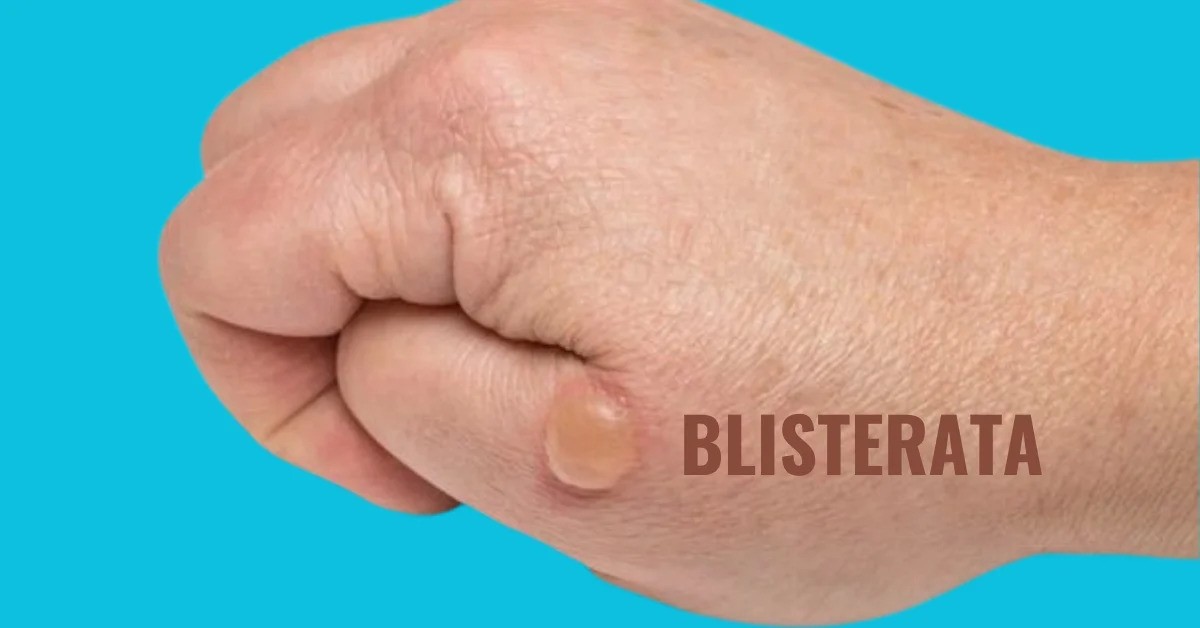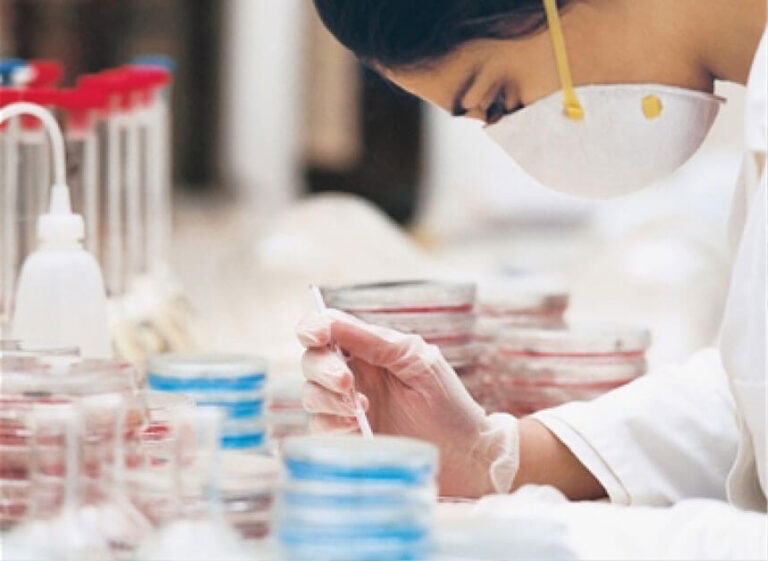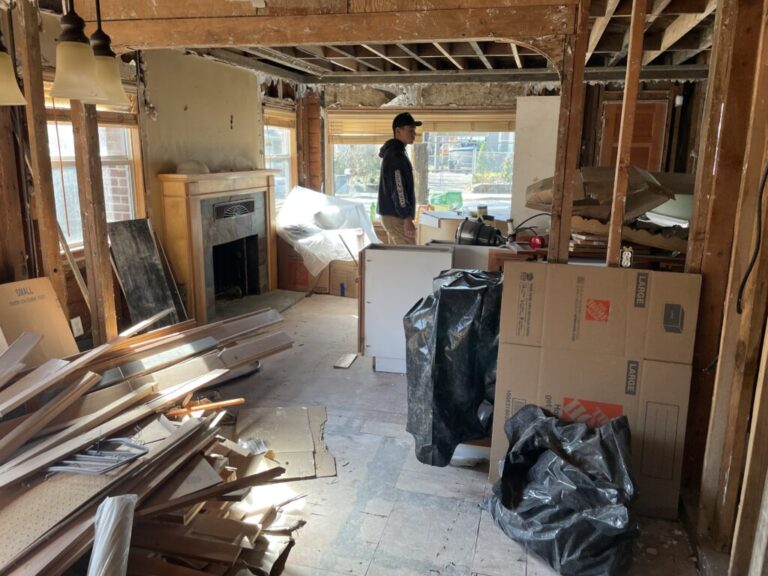In the realm of skin health, few things are as bothersome and uncomfortable as blisters. Whether they appear due to friction, infections, or underlying health conditions, blisters can disrupt our daily lives and cause significant discomfort. Understanding what causes blisters and how to effectively treat them is essential for maintaining healthy skin. In this article, we delve into the world of blisterata, exploring its symptoms, causes, treatments, and preventive measures.
Understanding Blisterata
Blisterata refers to the medical condition characterized by the formation of blisters on the skin. These fluid-filled sacs can occur anywhere on the body but are commonly found on areas subjected to friction, such as the hands and feet. Blisters can also develop as a result of burns, allergic reactions, infections, or underlying health conditions.
Symptoms of Blisterata
Identifying the symptoms of blisterata is crucial for prompt treatment. Common signs include redness, swelling, tenderness, and the presence of fluid-filled sacs on the skin. Blisters may vary in size and can be painful, especially when pressure is applied.
Causes of Blisterata
Several factors can contribute to the development of blisters. Friction is one of the primary causes, particularly in individuals who engage in activities that repeatedly rub against the skin, such as running or wearing ill-fitting shoes. Additionally, burns, allergic reactions to certain substances, infections such as herpes simplex virus or impetigo, and underlying health conditions like eczema or pemphigus can also trigger blister formation.
Treatment and Medications:
When it comes to treating blisterata, there are various options available depending on the severity and underlying cause of the condition. Here are some common treatments and medications:
- Home Remedies: Mild cases of blisterata can often be treated at home. Applying a cold compress can help alleviate pain and reduce swelling. Keeping the affected area clean and dry is essential to prevent infection. Avoid popping the blister, as this can increase the risk of infection.
- Over-the-Counter Products: Pharmacies offer a range of over-the-counter products specifically designed to treat blisters. These may include hydrocolloid dressings, blister pads, and antiseptic creams. These products can help protect the blister from further friction and promote healing.
- Prescription Medications: In severe cases or when blisters are caused by underlying medical conditions, prescription medications may be necessary. These may include oral antibiotics for bacterial infections or antiviral medications for viral infections.
- Topical Treatments: Certain topical treatments, such as corticosteroid creams or ointments, may be prescribed to reduce inflammation and itching associated with blisterata.
- Supplements: Some individuals may benefit from taking supplements that promote skin health, such as vitamin E or zinc. However, it’s essential to consult with a healthcare professional before starting any new supplement regimen.
Preventive Measures
While treating blisters is essential, taking preventive measures can help reduce the likelihood of their occurrence. Here are some tips for preventing blisterata
- Proper Footwear: Wear properly fitting shoes that provide adequate support and cushioning, especially during activities that involve repetitive motion.
- Moisture Control: Keep the skin clean and dry to minimize the risk of infection. Moisture-wicking socks can help prevent blisters on the feet.
- Avoid Friction: When engaging in activities that cause friction, such as hiking or playing sports, consider using protective padding or lubricants to reduce friction on the skin.
- Skin Care: Maintain a regular skincare routine, including gentle cleansing and moisturizing, to keep the skin healthy and resilient.
- Healthy Lifestyle: Eat a balanced diet rich in vitamins and minerals essential for skin health. Stay hydrated and avoid smoking, as it can impair skin healing.
The Benefits of Proper Blisterata Care:
Proper care and treatment of blisterata offer numerous benefits, including:
- Pain Relief: Treating blisters promptly can help alleviate pain and discomfort associated with the condition.
- Prevention of Infection: By keeping blisters clean and protected, the risk of secondary infection is reduced.
- Faster Healing: Effective treatment can promote faster healing and minimize scarring.
- Improved Quality of Life: Managing blisterata allows individuals to engage in daily activities without discomfort or limitations.
- Skin Health: Taking care of blisterata contributes to overall skin health and reduces the risk of future blister formation.
Conclusion
Blisterata is a common skin condition that can be both bothersome and painful. By understanding its symptoms, causes, and treatment options, individuals can effectively manage the condition and prevent complications. Whether through home remedies, over-the-counter products, or prescription medications, there are numerous ways to address blisterata and promote skin health. Remember to consult with a healthcare professional for personalized treatment recommendations, and prioritize preventive measures to reduce the risk of blister formation. With proper care and attention, blisterata can be effectively managed, allowing individuals to enjoy a comfortable and healthy life.
























+ There are no comments
Add yours